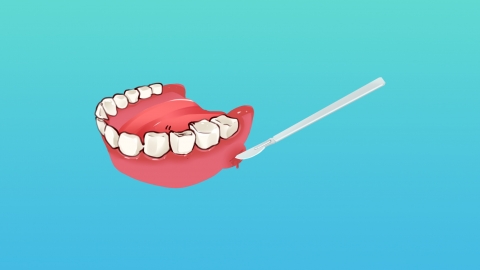Can a tooth with only a small residual root left be extracted?
When only a small portion of a tooth remains as a residual root, it can usually be extracted. Even if the root is short, dentists can use specialized instruments to locate the root and remove it after separating the surrounding tissues. If the residual root repeatedly causes pain, swelling, or gum inflammation, prompt medical attention is recommended.

Although minimal tooth structure remains in cases of residual roots, as long as the root is not completely embedded within the alveolar bone and there is no severe inflammatory adhesion, the dentist can expose the root through procedures such as gingival incision or bone removal, then completely remove the residual root using instruments like elevators and root forceps. There's no need to worry about "roots being too short to extract."
Dentists assess the length of the residual root, check for apical inflammation, and determine proximity to adjacent structures such as nerves and blood vessels through clinical examination and X-rays. If acute apical periodontitis is present, anti-inflammatory treatment should precede extraction to prevent infection spread. When the residual root is close to critical anatomical structures, a precise extraction plan will be developed to ensure safety.
Routinely, use a mild mouthwash to maintain oral hygiene, avoid chewing on the side with the residual root, and prevent food debris accumulation that could lead to infection. Maintaining good oral health also prepares optimal conditions for subsequent extraction procedures.




